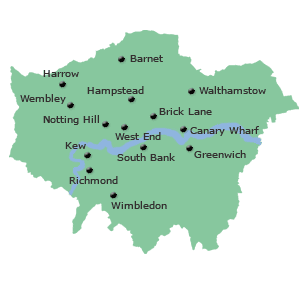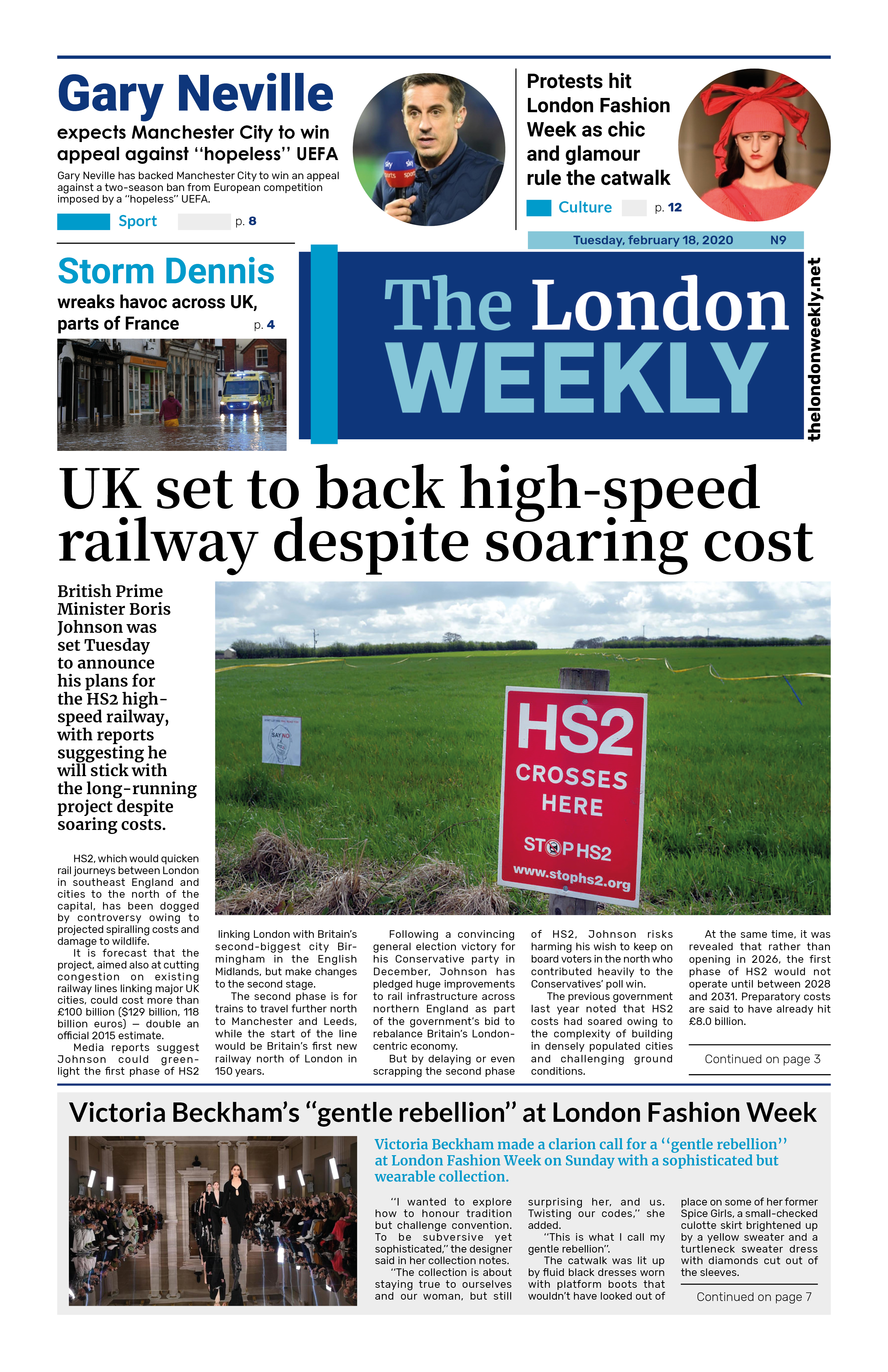
The Metropolitan Police has come under fire for hiring more than 1,000 officers without conducting reference checks before they started their roles.
These recruits were brought into the force following the shocking case of Wayne Couzens, the Met officer who raped and murdered Sarah Everard in 2021 while serving in the elite parliamentary and diplomatic protection unit. Despite promises from Met Commissioner Sir Mark Rowley to root out corrupt officers, the force failed to follow standard procedures, raising serious concerns about recruitment practices.
Reference checks waived despite official guidelines
Official guidelines from the College of Policing require forces to obtain character references from past employers or educational institutions covering a three-year period. However, Clare Davies, the Met’s human resources chief, reportedly decided in early 2020 to waive reference checks or conduct them retrospectively.
This decision was made despite the urgency to reform the force following high-profile misconduct cases. Davies, who has since been promoted by Rowley and now earns over £235,000 annually, allowed recruits to be hired based solely on background vetting, which only flagged major red flags such as criminal records or links to organized crime.
Although some references were sought after officers had already started, insiders claim many were never followed up.
One official described the process, stating: "Once they were in, that was it; the reference checks were swept under the carpet."
The policy was implemented at a time when Boris Johnson's government had set a target for police forces to recruit 20,000 new officers over three years. Under pressure to increase its workforce, the Met aimed to hire 4,500 recruits but fell short, bringing in only 3,468 officers.
Systemic failures in vetting
The Met has faced repeated scandals over inadequate vetting and misconduct among its officers.
Wayne Couzens was able to remain in the force for years despite a history of sexual offenses dating back to 2015. Similarly, David Carrick, who served as a Met officer for two decades, was convicted of 85 offenses, including 48 rapes against multiple women. He had been part of the Parliamentary and Diplomatic Protection Unit, a role requiring one of the highest levels of security clearance.
Another former officer, Cliff Mitchell, carried out over 50 sexual assaults between 2014 and 2023, including attacks on a child. He was convicted of multiple counts of rape, kidnapping, and breaching a non-molestation order.
High Court ruling weakens Met’s ability to dismiss officers
Despite Rowley’s claims of tightening vetting and professional standards, the Met continues to face legal hurdles in removing problematic officers.
Earlier this month, the High Court ruled that Sergeant Lino Di Maria—who had failed vetting and had his warrant card revoked—could not be legally dismissed. Di Maria had been accused of rape, sexual assault, indecent exposure, and domestic abuse but denied all allegations.
Rowley expressed frustration over the ruling, stating: "We now have no mechanism to rid the Met of officers who are not fit to hold vetting clearance—those who cannot be trusted to work with women or enter the homes of vulnerable people. It is absurd that we cannot lawfully sack them."
Met’s response and plans for reform
In response to the controversy over reference checks, Rowley insisted that the force is working to improve standards.
"Londoners rightly expect the highest standards from our officers and staff," he said. "We've overhauled our vetting and professional standards processes as part of our 'New Met for London' plan."
He added that additional vetting officers have been recruited, a new force policy has been introduced, and investments have been made in technology to ensure only those meeting the highest standards remain in the force.
Despite these assurances, trust in the Met remains fragile, with many questioning whether the force is capable of delivering real reform. Photo by Dani_7C3, Wikimedia commons.



































